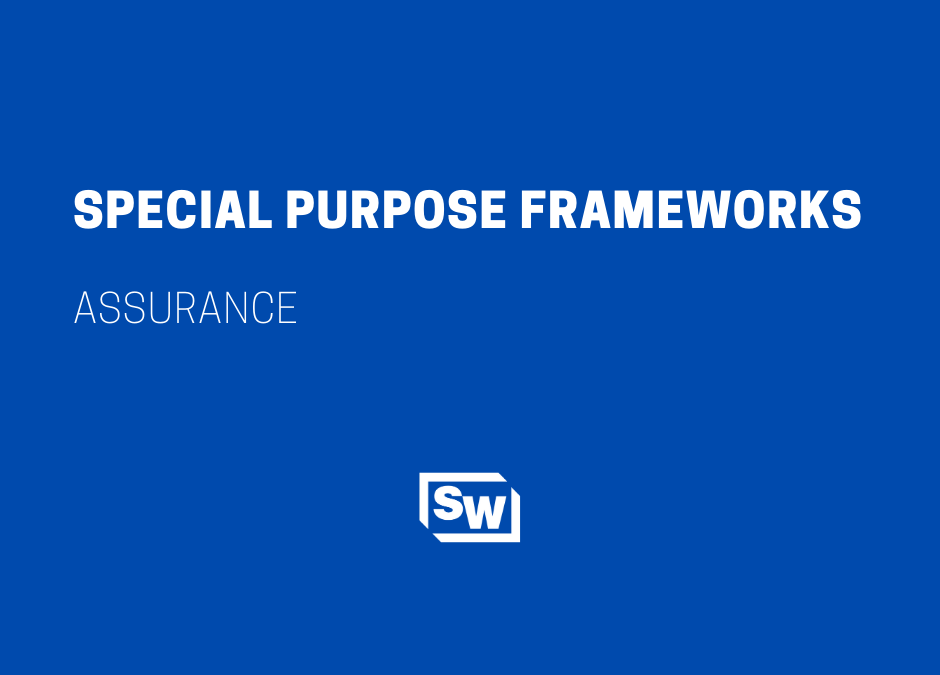Bases of accounting other than generally accepted accounting principles, or GAAP, are a popular alternative to the numerous and sometimes complex GAAP accounting requirements. These bases are referred to as special-purpose frameworks. Entities that are good candidates for a special purpose framework include those with no third-party users of the financial statements, those whose creditor does not require GAAP financial statements or those who are not required to issue GAAP financial statements and do not expect to be required to in the future. A special-purpose framework can also be useful when the cost of complying with GAAP would exceed the benefits, the owners and managers are closely involved in the day-to-day operations, or the owners are primarily interested in cash flows or tax implications of transactions.
There are several options to choose from when selecting a special purpose framework including cash basis, modified cash basis, income tax basis, regulatory basis, contractual basis, and others. Cash basis is just as it sounds; the entity records cash receipts and cash disbursements. A modified cash basis involves recording cash receipts and disbursements as well as some other items that have substantial support such as depreciation on fixed assets. Financial statements recorded on the income tax basis match the tax return for the same period. A regulatory basis is used to comply with the requirements or provisions of a regulatory agency to whom the entity is subject. A contractual basis is used to comply with an agreement between the entity and one or more third parties.
The other basis special purpose framework that is most well-known is the Financial Reporting Framework for Small- and Medium-sized Entities (FRF for SMEs). This framework was developed to address the differing needs of small and midsize nonpublic entities. An entity may choose whether to adopt this framework and there are no size thresholds that must be met for an entity to be considered an SME. The primary measurement basis for FRF for SMEs is historical cost, like GAAP, but the circumstances requiring adjustment for unrealized changes in value are more limited under FRF for SMEs than GAAP. For some accounting policies under FRF for SMEs, there are alternatives so that entities can select the policy they believe best meets their needs. The AICPA’s plan for FRF for SMEs is to have fewer, less frequent updates than GAAP to make it easier for SMEs and their accountants and auditors to keep up with changes.
A few of the most significant differences between GAAP and FRF for SMEs include accounting for income taxes, amortization of goodwill, and accounting for leases. GAAP only permits the deferred income tax method and uncertainty in income taxes must be considered; FRF for SMEs allows entities to elect whether to use the deferred income tax method or the taxes payable method where uncertainty in income taxes cannot be considered. GAAP requires goodwill impairment assessments annually or an election to amortize on a straight-line basis over a maximum of ten years; FRF for SMEs requires entities to amortize goodwill over the period used for federal income tax purposes or 15 years. GAAP has strict tests to determine the proper classification of a lease while FRF for SMEs basically provides that a lease is a capital lease if substantially all the benefits and risks of ownership to the lessee and, if not, it is an operating lease. Financial statements prepared under FRF for SMEs should adequately disclose the differences from GAAP.
By Samantha Jordan, CPA

